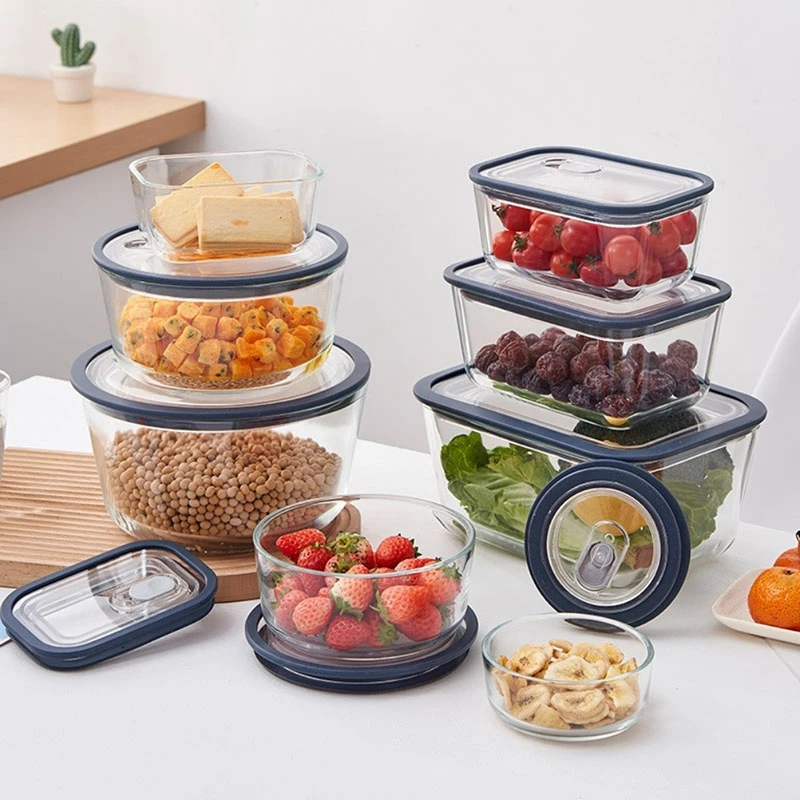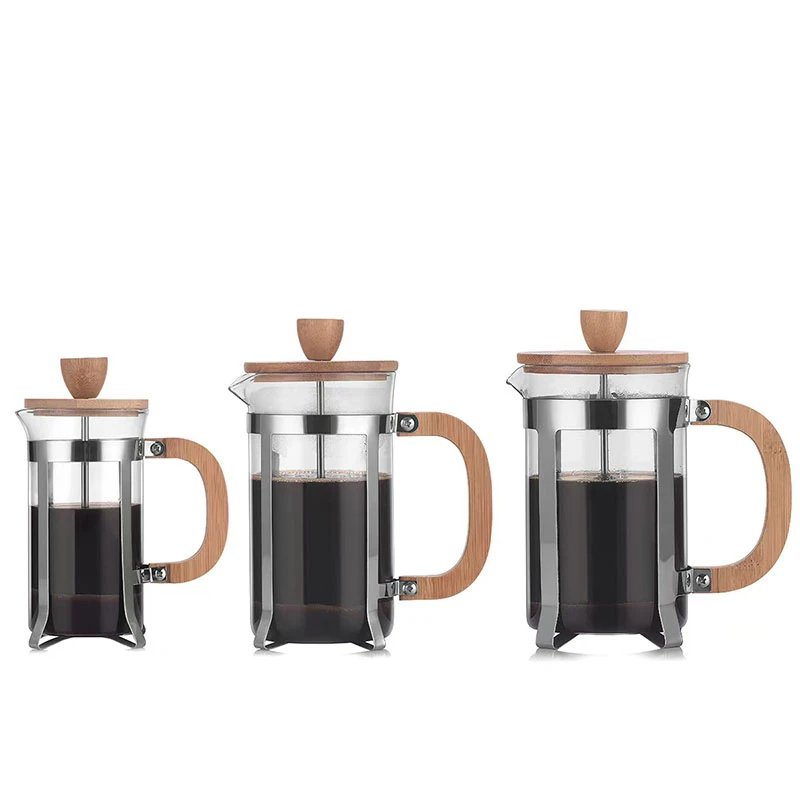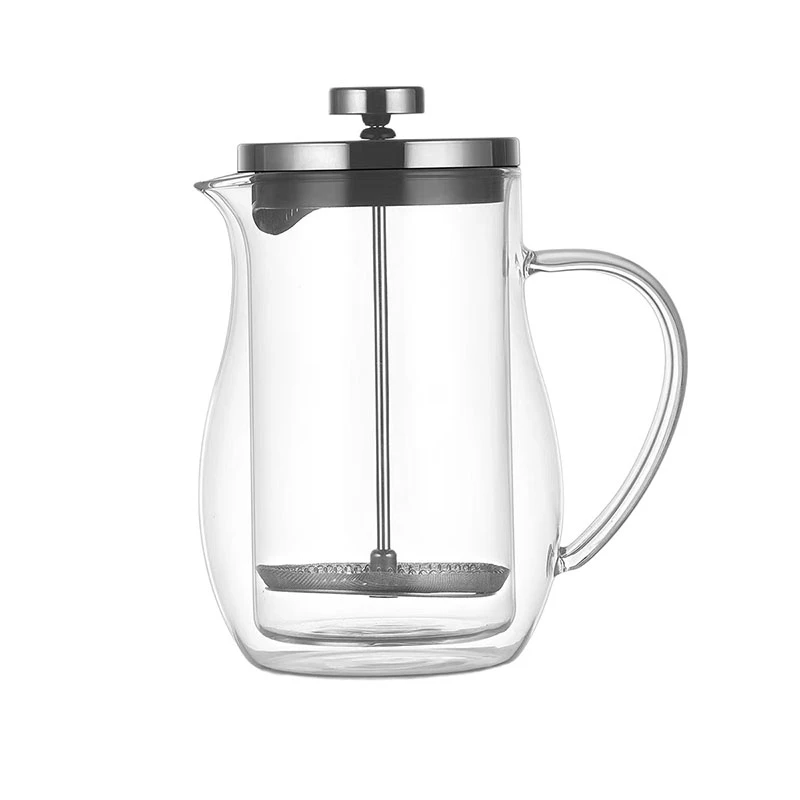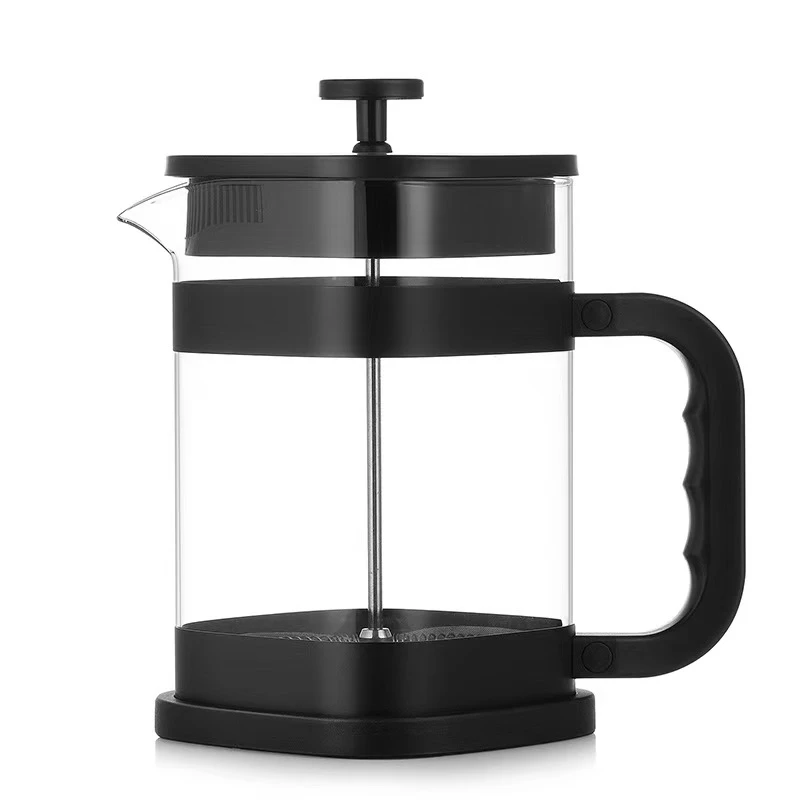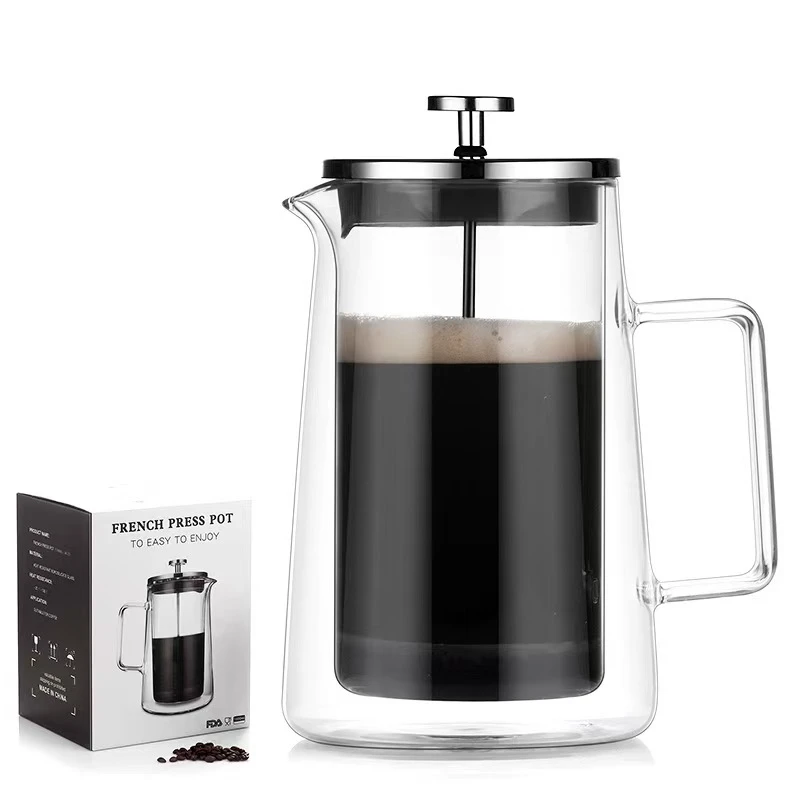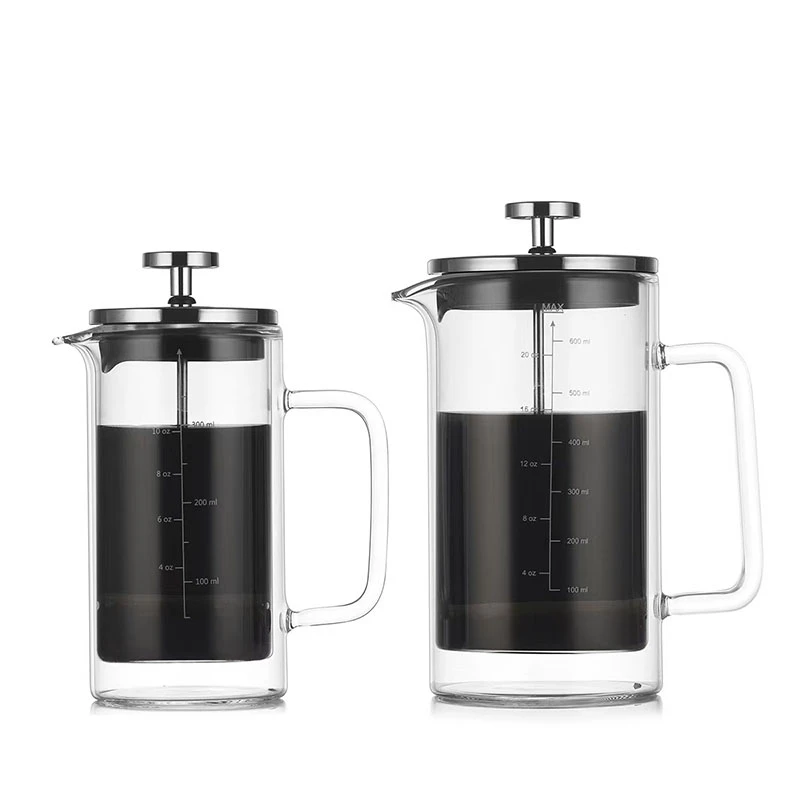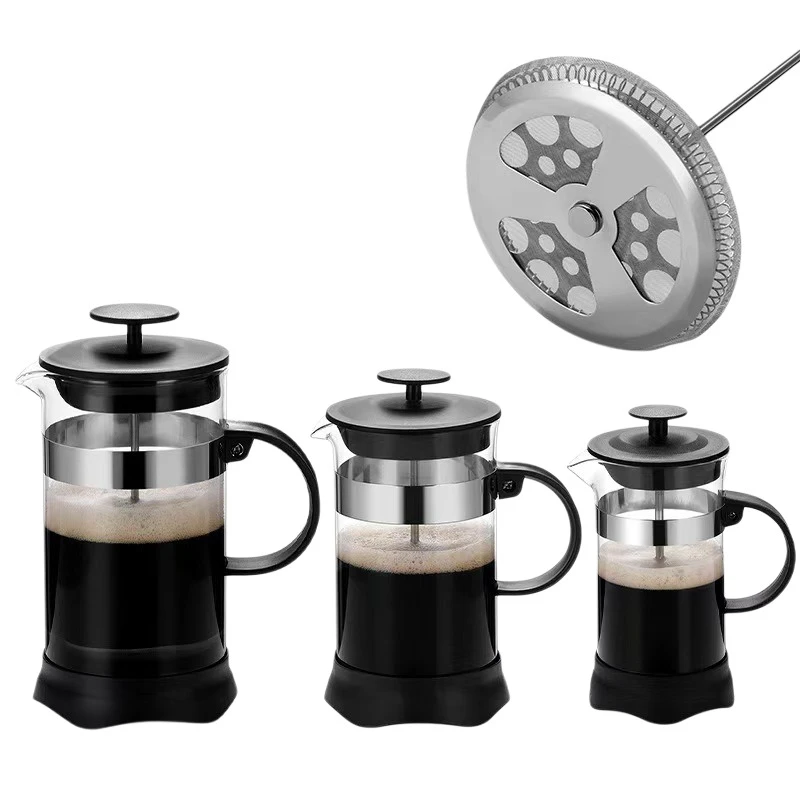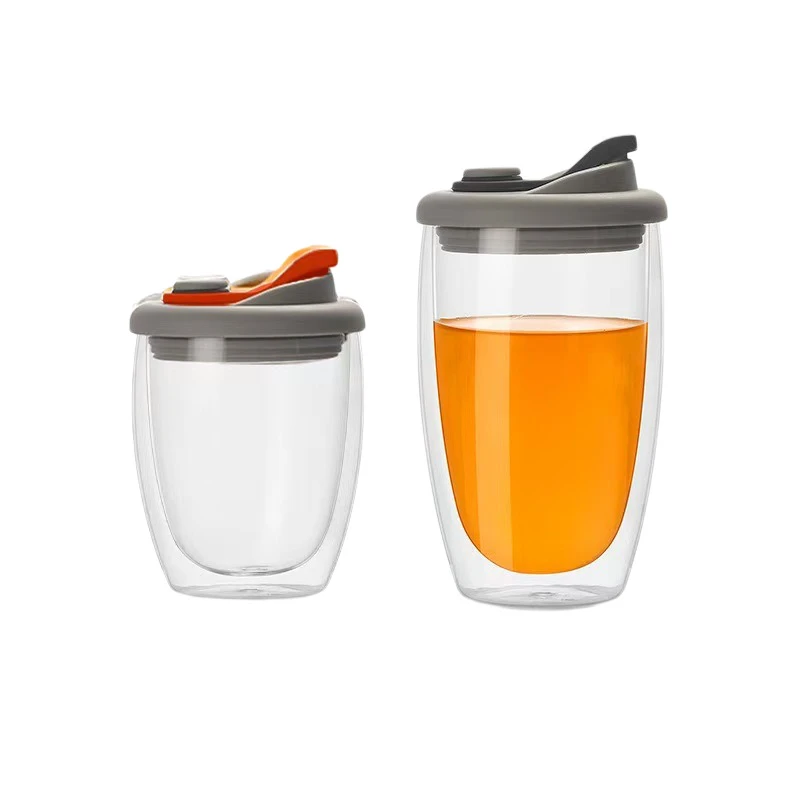 TEL: +86 311 67799298
TEL: +86 311 67799298 Email: tina@yintoglassware.com
Email: tina@yintoglassware.com
- Afrikaans
- Arabic
- Armenian
- Belarusian
- Bosnian
- Croatian
- Czech
- Danish
- Dutch
- English
- Esperanto
- Finnish
- French
- Frisian
- Galician
- Georgian
- German
- Greek
- hawaiian
- Hindi
- Hungarian
- Icelandic
- Indonesian
- Italian
- Japanese
- kazakh
- Korean
- Kyrgyz
- Latin
- Latvian
- Lithuanian
- Luxembourgish
- Norwegian
- Persian
- Polish
- Portuguese
- Romanian
- Russian
- Scottish Gaelic
- Serbian
- Slovak
- Slovenian
- Somali
- Spanish
- Swahili
- Swedish
- Thai
- Turkish
- Ukrainian
- Vietnamese
seal for glass jar
The Importance of Sealing Glass Jars A Comprehensive Guide
When it comes to food storage, glass jars are a popular choice among many households. They not only provide a visually appealing way to store food but also help preserve freshness and flavor. However, to maximize the benefits of glass jars, the sealing process is crucial. In this article, we will explore the significance of sealing glass jars, the types of seals available, and best practices for ensuring your jars are properly sealed.
Why Seal Glass Jars?
Sealing glass jars is essential for several reasons. First and foremost, a good seal prevents air from entering the jar, which can lead to spoilage. Oxygen can promote the growth of bacteria, mold, and yeast, all of which can ruin the contents of your jar. A tight seal also prevents moisture from entering, which is particularly vital for storing dry goods like grains or spices. Additionally, sealing jars can protect the contents from environmental factors such as light and pests, further extending their shelf life.
Types of Seals for Glass Jars
There are several sealing methods available for glass jars, each suited for different purposes
. Here are a few popular types1. Metal Lids These are often used for canning and preserving. Metal lids typically feature a rubberized seal that expands when heated, creating an airtight seal as they cool.
2. Plastic Lids Commonly used for storage, plastic lids can be easier to open and close than metal tops. While they may not provide the same level of airtight protection as metal lids, they are sufficient for short-term storage.
3. Vacuum Sealing Vacuum sealers remove air from the jar before sealing, effectively prolonging the shelf life of food. This method is especially beneficial for perishable items.
4. Baler Wire For certain applications, such as vinegar or lacto-fermented foods, baler wires can be used to create a seal that allows gases to escape while keeping air out.
seal for glass jar
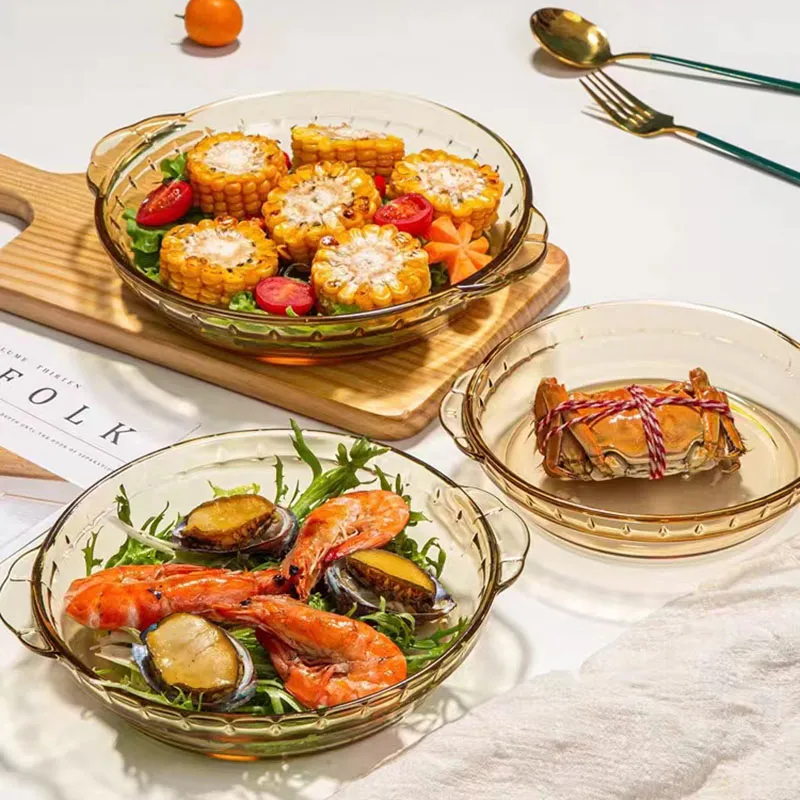
Choosing the right sealing method will depend on the food being stored and the desired shelf life.
Best Practices for Sealing Glass Jars
To ensure that your glass jars are properly sealed and preserve their contents effectively, consider the following best practices
1. Sterilization Always start with clean and sterilized glass jars and lids. Boiling them in water or using a dishwasher on a hot cycle can help eliminate any bacteria that might compromise your seal.
2. Use Proper Techniques When sealing, ensure that you follow the specific instructions for the type of lid you are using. For metal lids, make sure they are tightened just enough to create a seal without risking breakage.
3. Check for Damage Before sealing, inspect lids and jars for cracks or chips. Any damage can compromise the seal and lead to spoilage.
4. Cooling Time After sealing jars through methods like canning, let them cool at room temperature. The cooling process creates a vacuum effect, enhancing the seal.
5. Label and Store Once sealed, label your jars with the contents and the date. Store them in a cool, dark place to prolong their shelf life.
Conclusion
Sealing glass jars effectively is key to ensuring that your stored food remains fresh and safe to consume. By understanding the different sealing methods available and following best practices, you can enjoy the many benefits of glass jar storage. Whether you are preserving fruits, grains, or homemade sauces, the right seal can make all the difference in maintaining quality and flavor. Embrace the beauty and functionality of glass jars, and elevate your food storage game!
-
Unparalleled Convenience by High Borosilicate Glass Bottle with a Cork LidNewsJul.17,2025
-
The Versatility and Convenience of Glass Salad Bowl SetsNewsJul.17,2025
-
The Practical Wide Application of High Borosilicate Glass Food Storage ContainerNewsJul.17,2025
-
High Borosilicate Colored Glass Bowl VS Soda-Lime Glass and Tempered GlassNewsJul.17,2025
-
Creativity with Customized Colored Glass Dinnerware Sets for SaleNewsJul.17,2025
-
Advantages Analysis of Double Wall French PressNewsJul.17,2025


